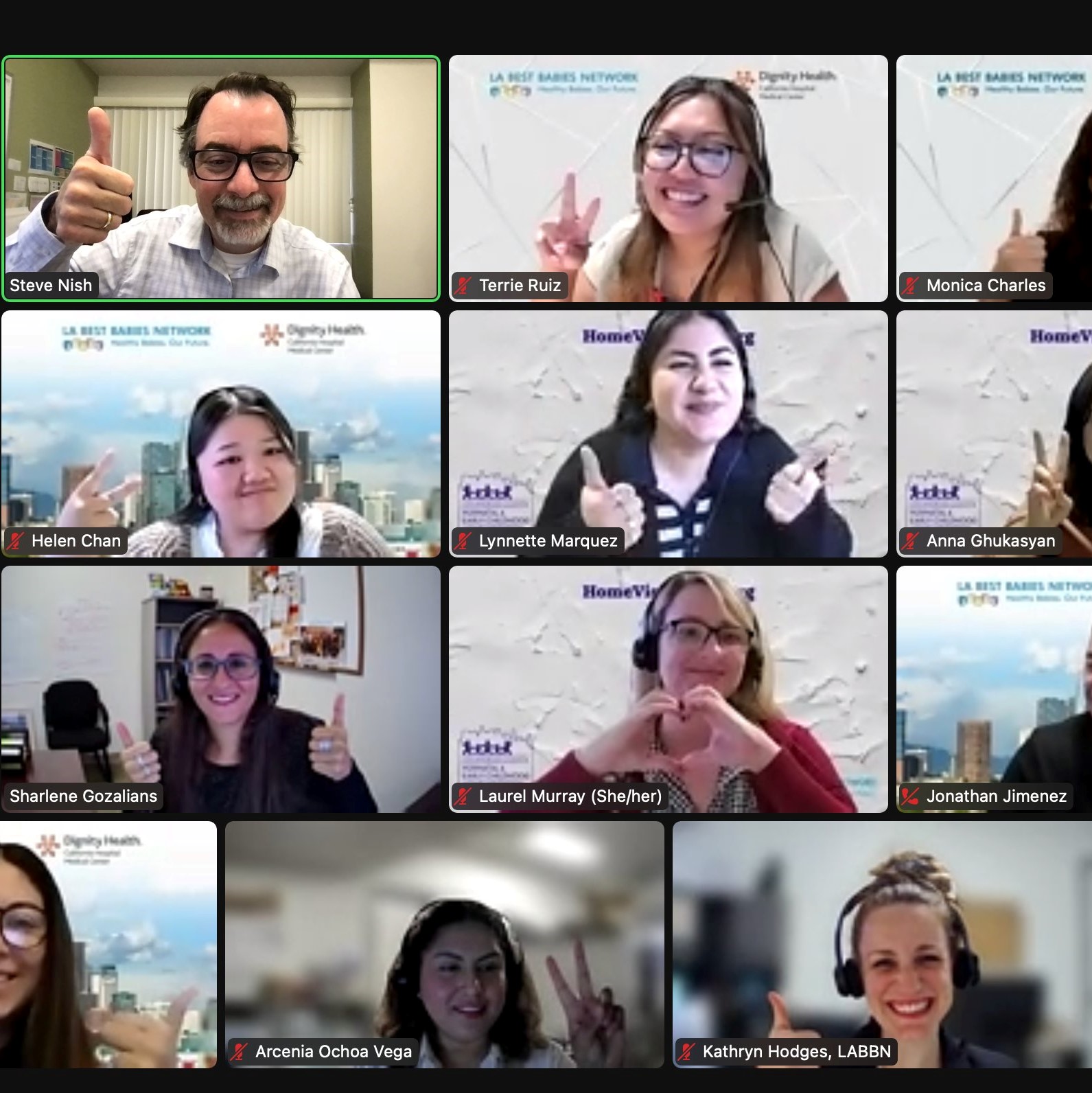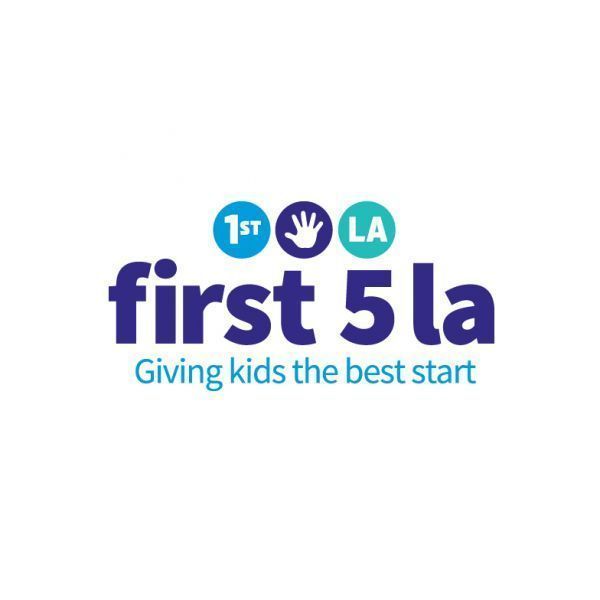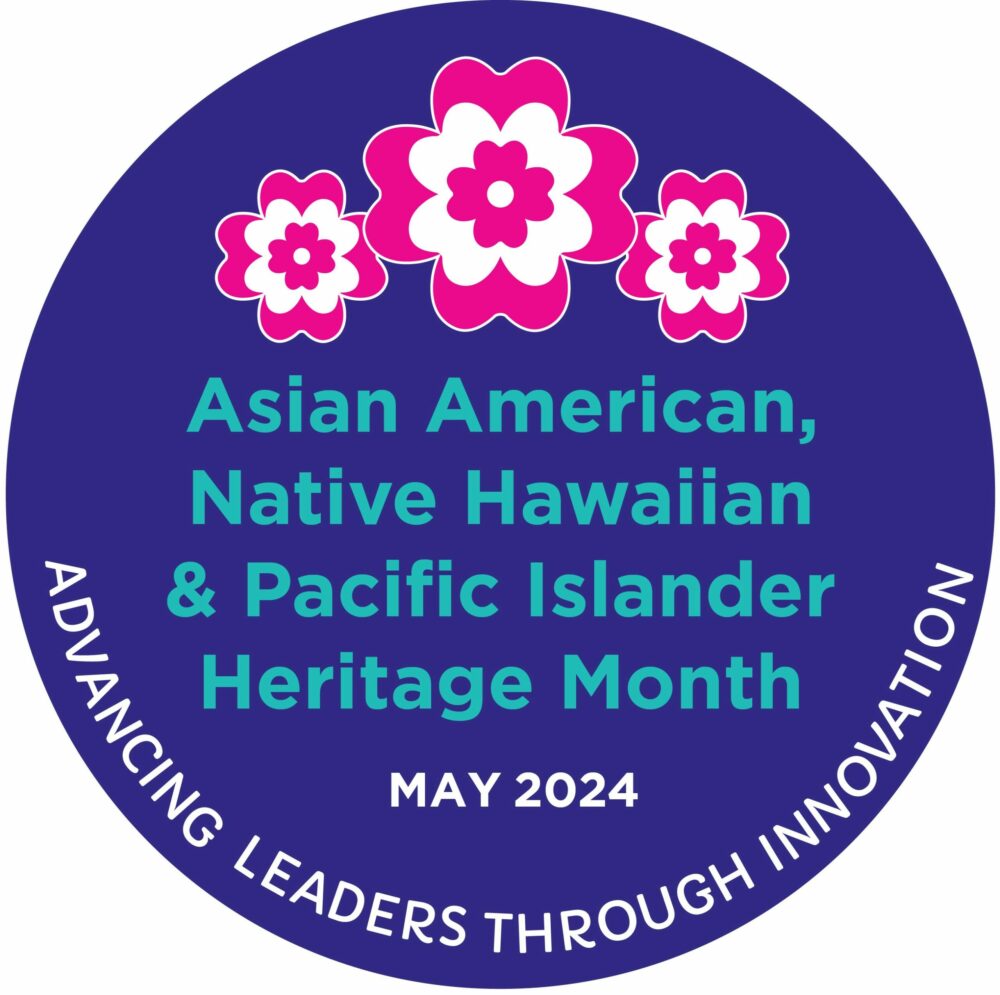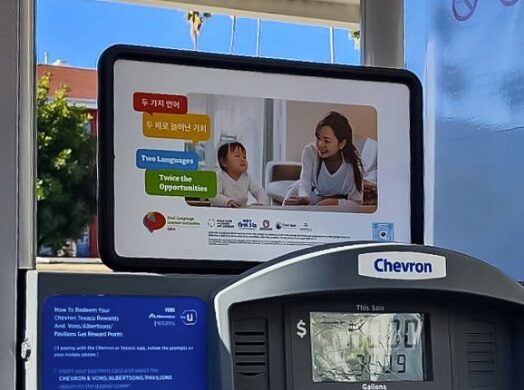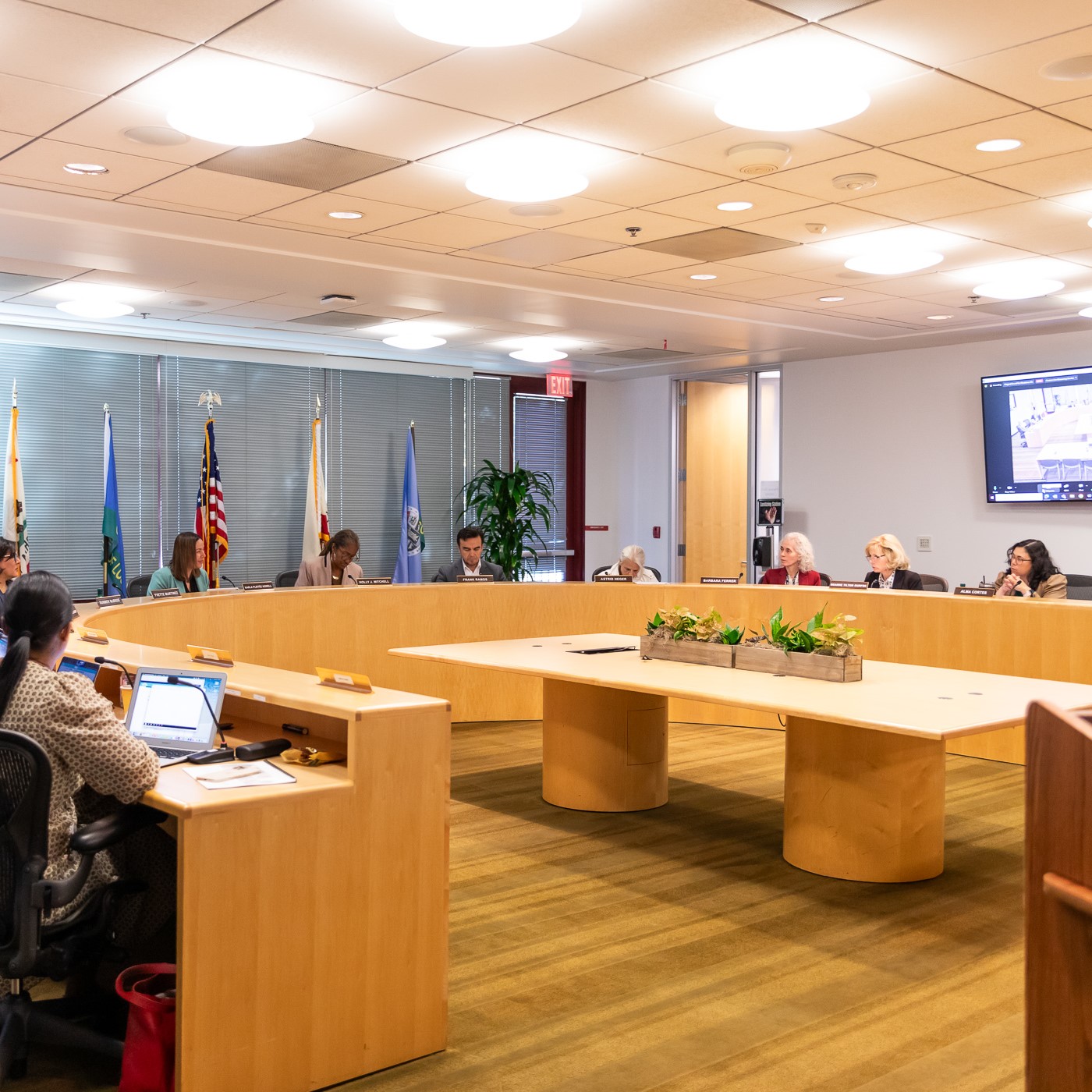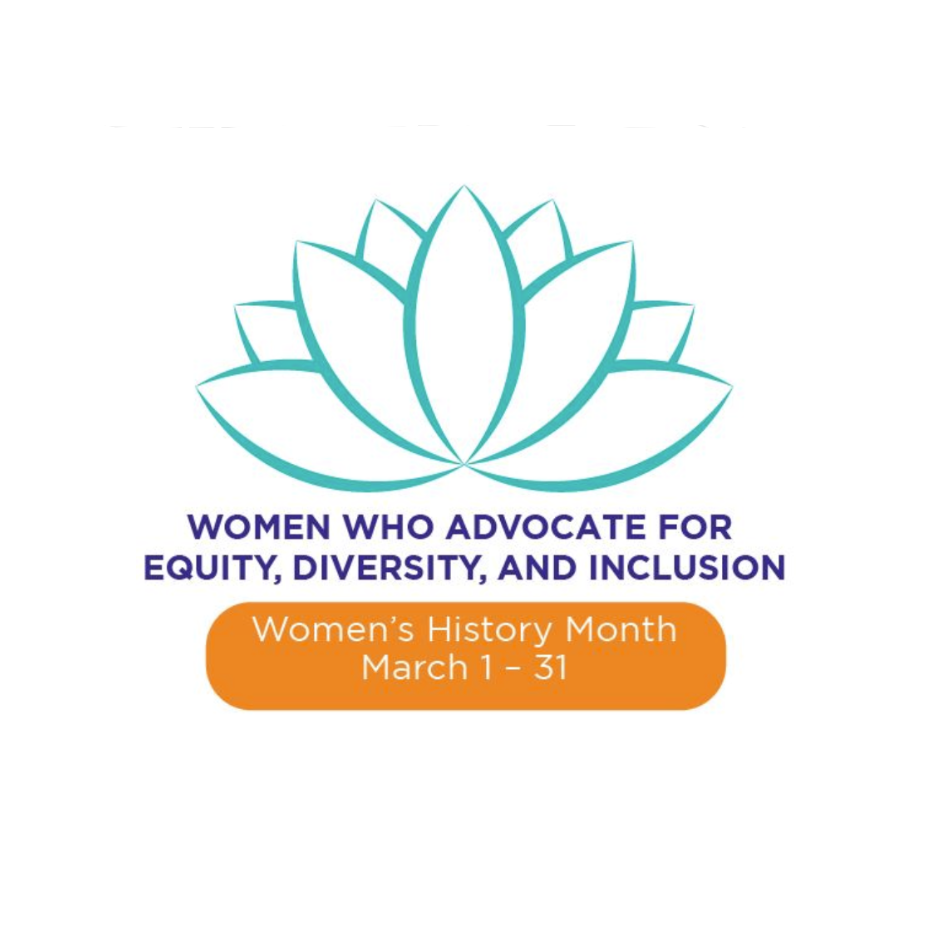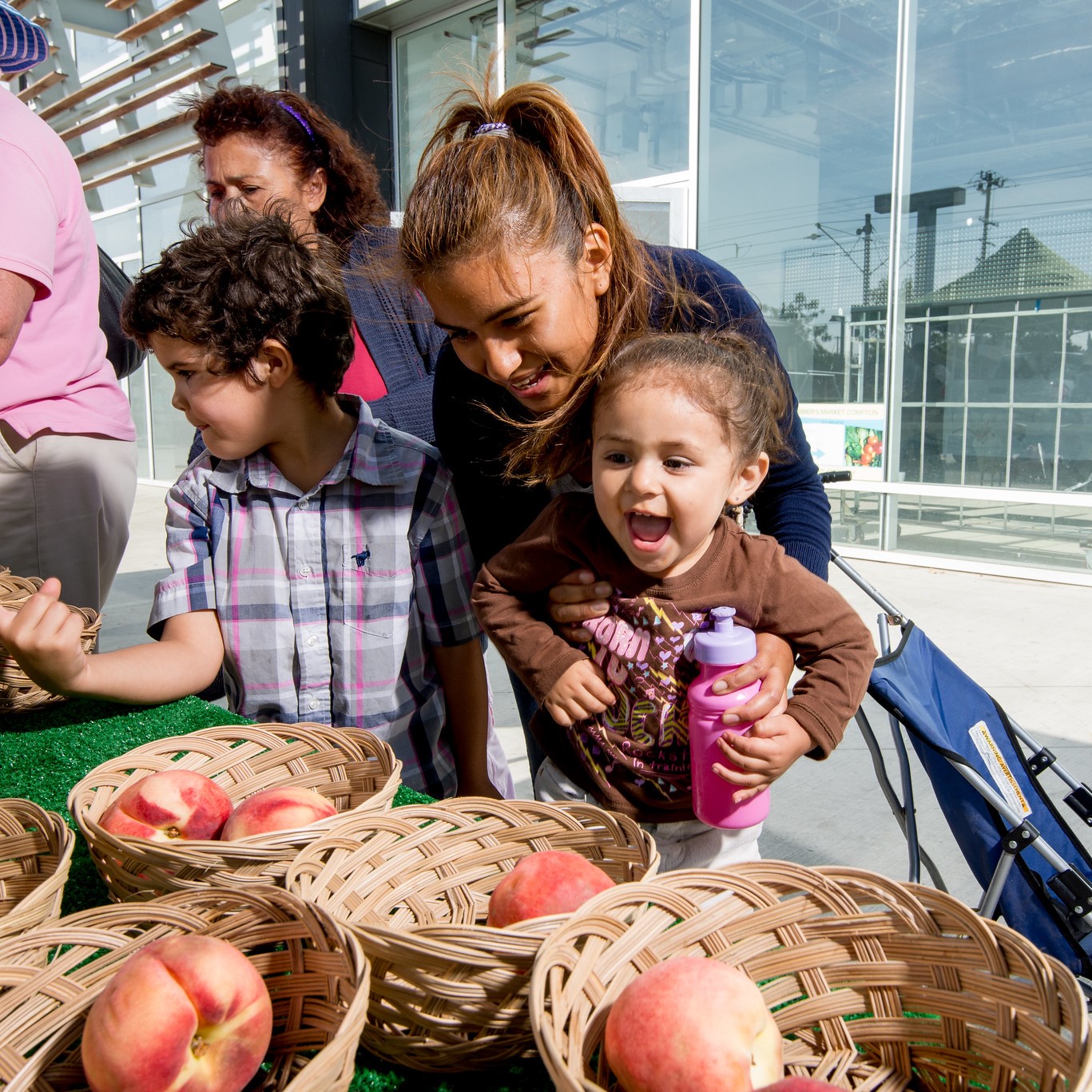June 29, 2023
With the transition back to in-person visits this year, Los Angeles County’s home visitors have been demonstrating, now more than ever, the important role they play in helping families become stronger and more resilient, offering parents everything from advice on safe sleeping positions for babies to guidance about communicating with infants. This message lay at the heart of this year’s Annual Family Strengthening Network Summit held earlier this month. Focusing on the theme “Creating Connections: Building an Inclusive Home Visiting Village,” the online event took place in early July with more than 400 home visitors and allies in attendance.
Los Angeles is home to the nation’s largest home visiting network, which serves as a model for programs throughout the U.S. “Home visiting is a powerful and transformative tool,” said Sharlene Gozalians, executive director of LA Best Babies Network (LABBN), during her opening address. LABBN supports home visiting programs with technical assistance and training.
“Your commitment to making a difference is an inspiration to all of us,” she added.
“We are all part of a village of visionaries,” said First 5 LA Executive Director Karla Pleitéz Howell in a recorded statement. “Thank you for your dedication to L.A. County’s families.”
First 5 LA has long been a key proponent and funder of free and voluntary home visiting, which has been shown to strengthen parental capacity, enhance child development and increase child safety. These services provide families with a trusted partner who comes regularly to the home to offer information and support that strengthen parent-child relationships, as well as connections to other services such as food aid, parent support groups, mental and health care, lactation support and more.
In L.A. County, First 5 LA funds home visiting services delivered through the Welcome Baby program, which families participate in for up to nine months, and the more intensive Healthy Families America and Parents As Teachers programs, which offer three to five years of support.
During the summit, several speakers talked about their own experiences with home visiting. Alina Moran, president of Dignity Health – California Hospital Medical Center, which offers home visiting to birthing patients, described how she had witnessed firsthand the “power and beauty of our Welcome Baby Program” when a home visitor was able to relieve the anxiety of a new mom overwhelmed with the prospect of caring for a newborn. The home visitor, Moran noted, helped the mom “transition into motherhood.”
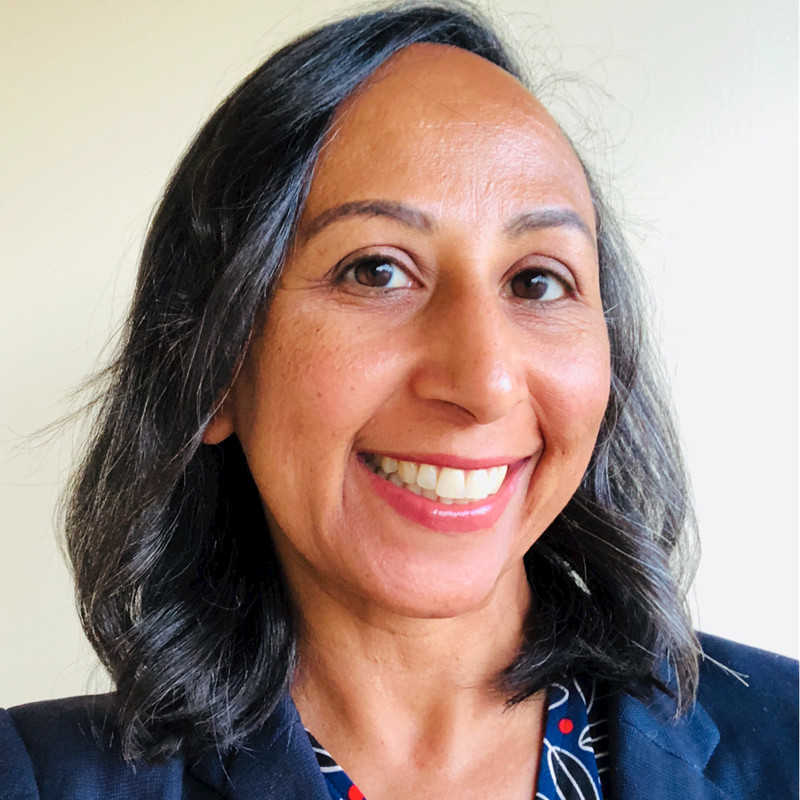 Melissa Franklin, director of maternal, child and adolescent health for L.A. County’s Department of Public Health and a former home visiting client herself, said that her own home visitor was “a source of comfort and support for both my children.”
Melissa Franklin, director of maternal, child and adolescent health for L.A. County’s Department of Public Health and a former home visiting client herself, said that her own home visitor was “a source of comfort and support for both my children.”
“Home visiting is a strategy,” Franklin emphasized to the home visitors in attendance. “You are the intervention.” Noting the unacceptably high rates of Black maternal mortality, she held a moment of silence for Tori Bowie, the Olympic gold-medal sprinter who died in childbirth in May.
During the pandemic, home visiting programs implemented a virtual visiting model to reduce the risk of COVID-19. With the added ease of virtual visits, home visitors were able to take on more families, increasing enrollment rates across the country. Now that the public health emergency is over, however, home visitors have returned to a primarily in-person model, and as a result, enrollment in home visiting programs continued to decrease in the past year, with 1,434 prenatal enrollments, 674 post-partum enrollments and 13,793 hospital enrollments, said Delisa Young and Monica Charles, manager of data and evaluation and senior data analyst, respectively, for LA Best Babies Network. Despite this decrease in home visiting enrollment, there remains a higher need than there are available home visiting slots. However, enrollment at sites outside hospitals and medical facilities, such as counseling and childcare centers, increased.
The average age of clients was 29, with 76 percent Hispanic, 8 percent Black, 6 percent white and 5 percent Asian. More than 50 languages were spoken by clients.
Statistics also showed that home visiting programs far outperform county averages for both public and private insurance plans for referring mothers and babies for screenings for depression, developmental delays and post-partum six-week checkups. For instance, 93 percent of home visiting clients received Safe Sleep Education, designed to prevent Sudden Infant Death Syndrome, as compared to just 82 percent throughout the county.

Another success for home visitors focused on encouraging families to set goals such as saving money, setting up care appointments and enrolling in further educational programs. In total, families met more than 1,100 of these goals last year. DeYoung also noted that surveys showed increased levels of client satisfaction with the Welcome Baby program.
 The event’s keynote speaker was Jess Bernal, an infant and early childhood mental health consultant and licensed marriage and family therapist who had previously worked as a home visitor. Bernal, whose topic was “Respond, Not React,” noted how home visiting can take an emotional toll on its practitioners because they often get intimately involved with clients’ lives.
The event’s keynote speaker was Jess Bernal, an infant and early childhood mental health consultant and licensed marriage and family therapist who had previously worked as a home visitor. Bernal, whose topic was “Respond, Not React,” noted how home visiting can take an emotional toll on its practitioners because they often get intimately involved with clients’ lives.
“We are literally showing up with our hearts on our sleeves,” Bernal said. “This is personal work.”
This intense connection with clients can easily trigger responses from home visitors’ own past experiences, leading to emotional dysregulation that can spark dysregulation in clients. “We don’t even know it’s taking place,” Bernal said. “We must be gentle with ourselves, be gentle with others.”
To address such challenges, Bernal advised home visitors to “STOP” — Slow down, Take a breath, Observe your experience in the moment, and then Proceed from a place of regulation. But he noted it takes practice. “You are modeling for the caregiver,” Bernal said. “Regulate yourself. Resilience begins with you.”
Another highlight of the summit was a segment featuring Dulce Dominguez-Bahena and Manuela Razo, two former home visiting clients who participated in an innovative home visiting apprenticeship pilot. Over an 18-month period, they and four others completed 2,000 hours of classes and hands-on training. In addition to offering opportunities to shadow home visitors in the field, the program also provided each apprentice with a mentor who guided and encouraged them in all activities.
“It was quite awesome to see these ladies grow,” said Maria Moya, a program manager at Antelope Valley Partners in Health (AVPH), who worked with the apprenticeship mentors.
Today, Razo is a family support specialist with AVPH, while Dominguez-Bahena is a parent educator at the Child Care Resource Center. Both women said their experiences as clients have helped them immeasurably in their new roles as they have a good idea of what clients are seeking.
“I always liked working with kids, and now I love working with parents,” added Razo.

Video testimonials from clients also highlighted how home visiting services have become an invaluable resource for families. One mother described how her home visitor helped her teach her daughter how to interact with others, while another brought up how she loved that her home visitor always asked what she needed.
“It was really positive,” one mom said, noting how she had learned during home visits that communication was important for an infant. As a result, she started talking more frequently to her baby during routine activities such as changing diapers. Another mother described how she was completely alone in the U.S. when she found herself unexpectedly pregnant. Her home visitor was a crucial part of coping with the difficult first months of motherhood.
“Welcome Baby was a lifeline to us,” the mother said.
